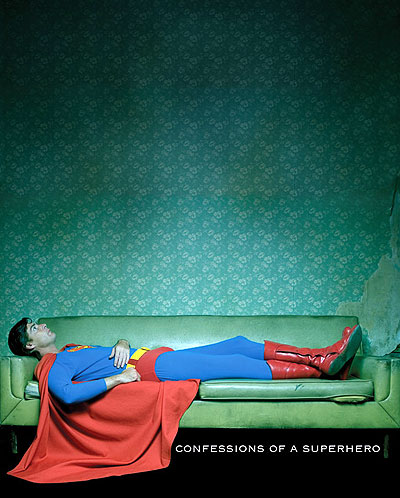Do you know someone who seems like he or she has “lost touch” with reality? Does this person talk about “hearing voices” no one else can? Does he or she see or feel things that others can’t? Does this person believe things that aren’t true?
Sometimes people with these symptoms have schizophrenia, a serious illness.
What is schizophrenia?
Schizophrenia is a serious brain illness. Many people with schizophrenia are disabled by their symptoms.
People with schizophrenia may hear voices other people don’t hear. They may think other people are trying to hurt them–we call this paranoia. Sometimes they don’t make any sense when they talk. The disorder makes it hard for them to keep a job or take care of themselves.
Who gets schizophrenia?
Anyone can develop schizophrenia. It affects men and women equally in all ethnic groups. Teens can also develop schizophrenia. In rare cases, children have the illness too.
When does it start?
Symptoms of schizophrenia usually start between ages 16 and 30. Men often develop symptoms at a younger age than women. People usually do not get schizophrenia after age 45.
What causes schizophrenia?
Several factors may contribute to schizophrenia, including:
- Genes, because the illness runs in families
- The environment, such as viruses and nutrition problems before birth
- Different brain structure and brain chemistry.
Scientists have learned a lot about schizophrenia. They are identifying genes and parts of the brain that may play a role in the illness. Some experts think the illness begins before birth but doesn’t show up until years later. With more study, researchers may be able to predict who will develop schizophrenia.
What are the symptoms of schizophrenia?
Schizophrenia symptoms range from mild to severe. There are three main types of symptoms.
Positive symptoms refer to a distortion of a person’s normal thinking and functioning.
They are “psychotic” behaviors. People with these symptoms are sometimes unable to tell what’s real from what is imagined. Positive symptoms include:
- Hallucinations: when a person sees, hears, smells, or feels things that no one else can. “Hearing voices” is common for people with schizophrenia. People who hear voices may hear them for a long time before family or friends notice a problem.
- Delusions: when a person believes things that are not true. For example, a person may believe that people on the radio and television are talking directly to him or her. Sometimes people believe that they are in danger-that other people are trying to hurt them.
- Thought disorders: ways of thinking that are not usual or helpful. People with thought disorders may have trouble organizing their thoughts. Sometimes a person will stop talking in the middle of a thought. And some people make up words that have no meaning.
- Movement disorders: may appear as agitated body movements. A person with a movement disorder may repeat certain motions over and over. In the other extreme, a person may stop moving or talking for a while, a rare condition called “catatonia.”
Negative symptoms refer to difficulty showing emotions or functioning normally.
When a person with schizophrenia has negative symptoms, it may look like depression. People with negative symptoms may:
- Talk in a dull voice
- Show no facial expression, like a smile or frown
- Have trouble having fun
- Have trouble planning and sticking with an activity, like grocery shopping
- Talk very little to other people, even when they need to.
Cognitive symptoms are not easy to see, but they can make it hard for people to have a job or take care of themselves.
Cognitive symptoms include:
- Trouble using information to make decisions
- Problems using information immediately after learning it
- Trouble paying attention.
Helpful Links for Further Thought
The Mayo Clinic:Good, solid and trustworthy, a great introduction.
WebMd: Early Signs to look for.
World Health Organization: More advanced, but still accessible and understandable.







